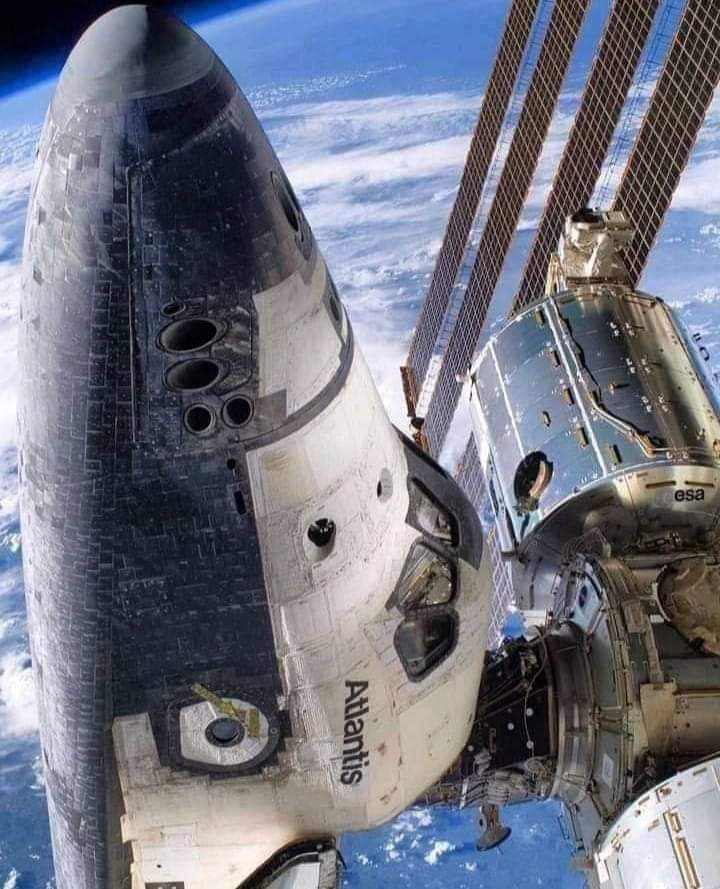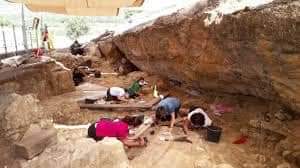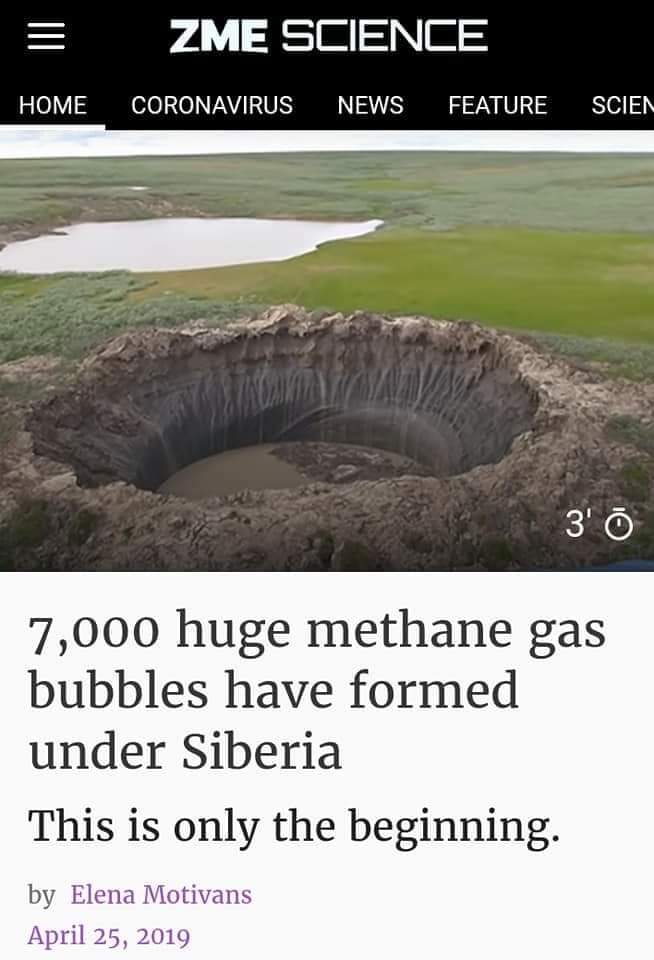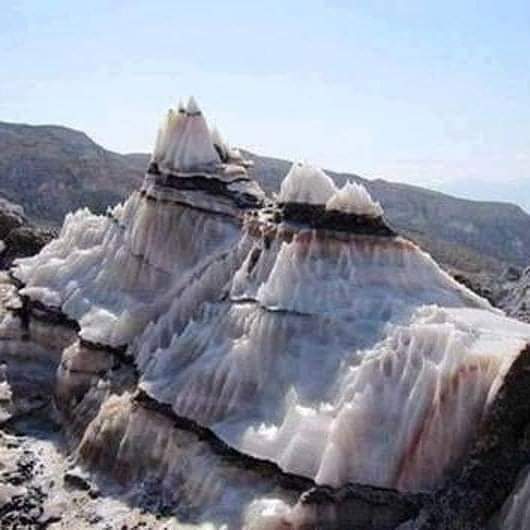water
How did water come to earth? Certainly not after the earth came into being. Water is older than earth. The water we use contains the hydrogen produced by the Big Bang. And the explosion of oxygen stars in it. So there is more water available in space than we think. It only tells the most…









